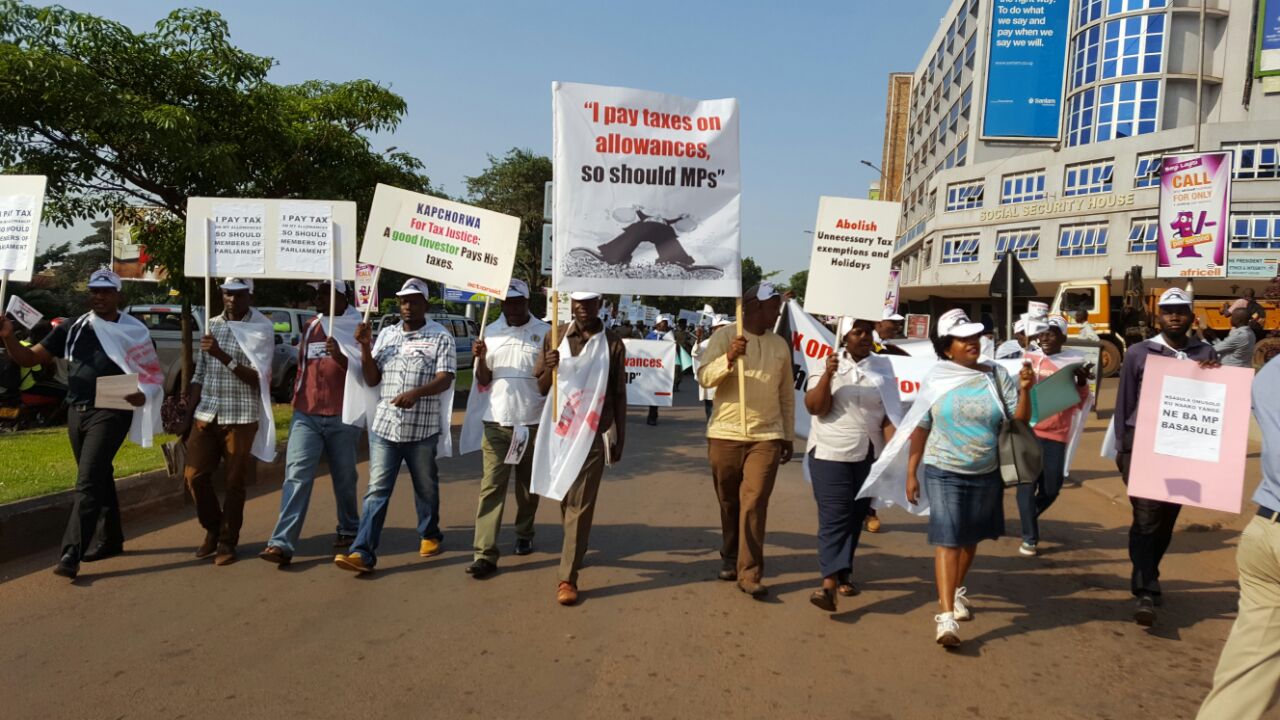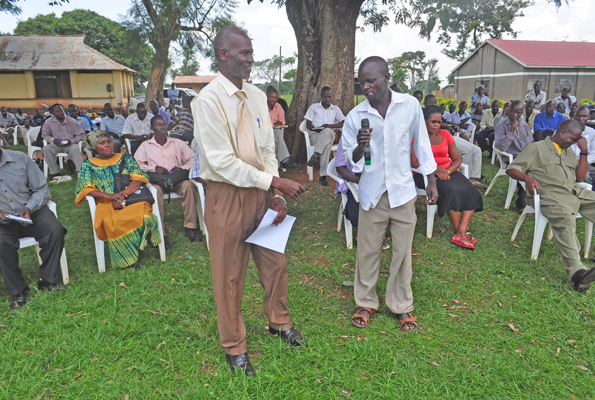
The Health sector budget allocation in FY 2016/17 increased by 44% from last financial year UGX1, 270.81bn in FY2015/16 to UGX 1,826.49bn this financial year. The Health sector objectives include; improving population health outcomes and well-being, reducing health inequalities, and ensuring a citizen-centered health system that is universal, equitable, sustainable and of a high quality. In order to achieve this, Ministry of Health focuses on implementation of National Health Policy II (NHPII) whose priority areas include:
- Establishing a functional integration within the public and private sector, addressing the human resource gaps and related service delivery challenges.
- Strengthening health System in line with decentralization, reconceptualising and organizing supervision and monitoring of health systems at all levels
Health sector grants are provided to Local Governments and health facilities to provide health services, in order to achieve universal health coverage with emphasis on access, quality and affordability aspects.
With the use of the fiscal decentralization reforms, Local Governments (LGs) will be able to enhance adherence to core budget and accountability requirements, strengthen functioning of LG processes, systems and incentive attainments of service delivery results.
While the recent LG Health Sector Guidelines and the attendant budget allocation formula are a step in the right direction, Civil Society has made a critical analysis of the same and come up with recommendations for the guidelines to be more robust and effective.
GENERAL RECOMMENDATIONS
- Where Private not for Profit Health Facilities (PNFPs) exist and there is no Government Health facility, they should be treated equally (Allocated the same amount of money/funds as that of a government health facility). In addition PNFPs should provide services at subsidized prices (capping of costs of services fess/ performance bonds).
- During reporting by LGs, focus should be put on the patients’ Area of residence to capture the catchment popula-tion of those health Facilities serving more than one district. Non – Sector Actors should be involved in the for-mulation of sector policies and monitoring.
- Allocation Formula for Health Facilities in Lower local Governments should be developed and used in allocating funds to promote equity within the districts
- Sensitization of LG office Bearers on how to implement guidelines and reforms and PNFS- that get funds from other sources should provide subsidized services (capping of costs of service fees)/performance bond.










